It's not just ice quantity that climate change affects. It's also quality.
Ice is getting thinner and frailer
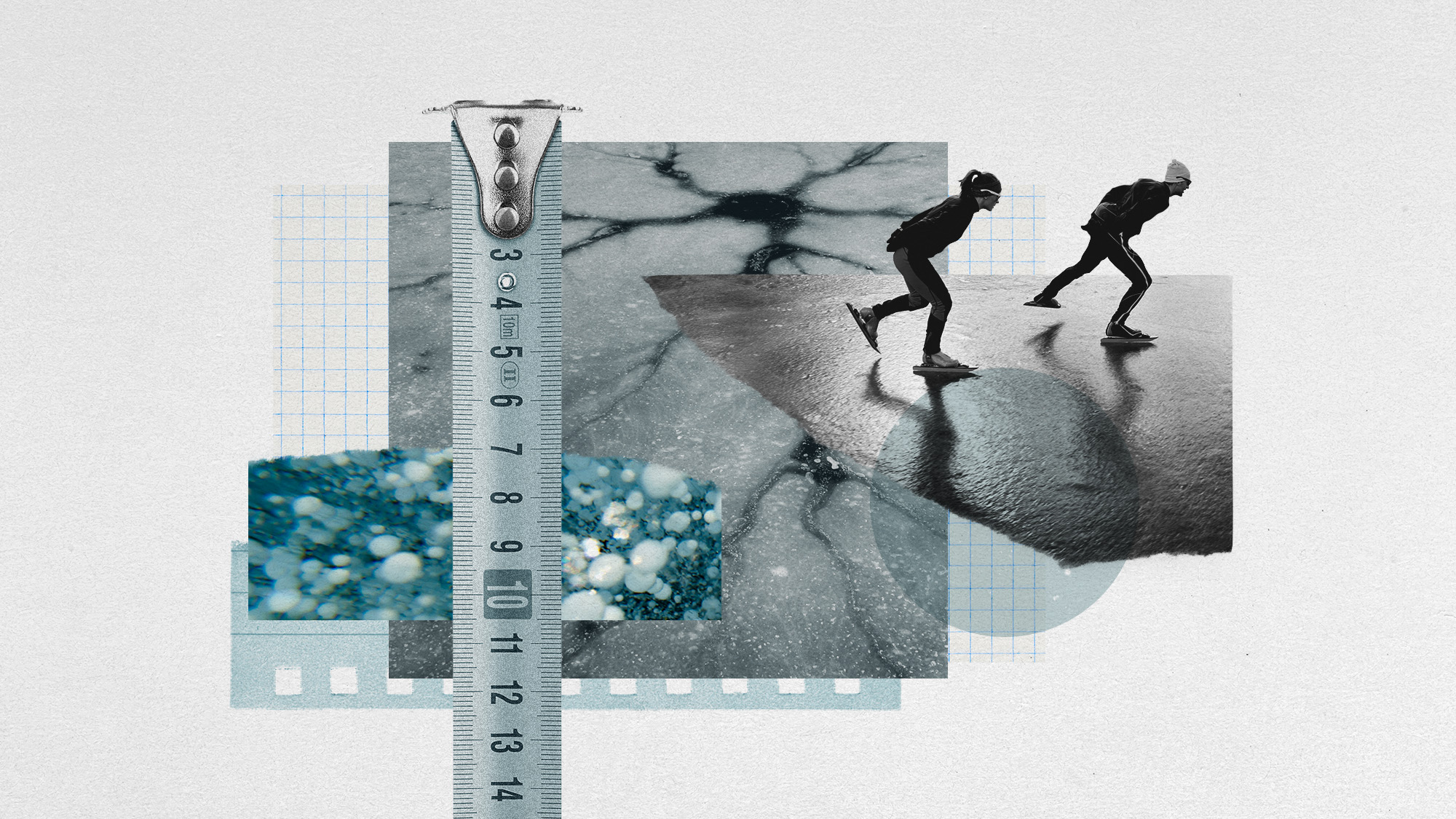

Our days of ice skating or playing hockey on a frozen lake may soon be coming to an end. As climate change worsens and rising temperatures reduce the amount of ice around the world, new research finds that ice quality — which includes its ability to bear weight — has also been affected. This could mean a larger loss of winter sports, as the necessary amounts of snow and ice grow increasingly scarce.
On thin ice
Warming global temperatures due to climate change have caused lake ice to "reduce bearing strength, implying more dangerous conditions for transportation (limiting operational use of many winter roads) and recreation (increasing the risk of fatal spring-time drownings)," said a new study published in the journal Nature Reviews Earth & Environment. The reduced strength is due to a reduction in the quality of the ice rather than the amount. "Ice quality is important because of its direct implications for load bearing capacity for human safety and also how much light will transmit under ice for life under frozen lakes," Sapna Sharma, a professor at York University who worked on the study, said in a press release.
A frozen lake consists of two kinds of ice: white ice and black ice. "White ice is generally opaque, like snow, and filled with more air bubbles and smaller ice crystals, diminishing its strength and stability," said the press release. On the other hand, "black ice is clear and dense with few air pockets and larger ice crystals making it a lot stronger." Warmer winters are "creating thinner layers of black ice and sometimes a corresponding thicker layer of white ice," which can "make for treacherous conditions for skaters, hockey players, snowmobilers, ice anglers and ice truckers." Humans require approximately 10cm or four inches of black ice to stand on the surface safely. A transport truck requires 100cm or about 42 inches of black ice.
The Week
Escape your echo chamber. Get the facts behind the news, plus analysis from multiple perspectives.

Sign up for The Week's Free Newsletters
From our morning news briefing to a weekly Good News Newsletter, get the best of The Week delivered directly to your inbox.
From our morning news briefing to a weekly Good News Newsletter, get the best of The Week delivered directly to your inbox.
Recreation is not the only thing that will be sacrificed with weak ice. The lack of transport trucks can limit communities' access to supplies, and the marine life beneath the ice is also at risk. Increased levels of white ice decrease the "amount of nutrients available for fish and other aquatic life," because white ice can block light from reaching the water, said the release. Without light, phytoplankton and other organisms are unable to perform photosynthesis.
Melting prospects
Many popular winter pastimes are now at risk, including skiing and snowboarding. "Global warming is altering, and endangering" these sports, "perhaps permanently, and not just at the elite level," said The Associated Press. "It affects folks who just want to ski or snowboard for fun and those who make a living from places offering such activities." An increasing number of people have to rely on indoor venues, and some resorts require fake snow to keep business going.
Recreation is ultimately the least of our worries. "I'm worried about my sport's future but, really way beyond that, just worried about our all our futures and how much time we have before it all truly catches up with us," Olympic Alpine skiing champion Mikaela Shiffrin said to the AP. In early 2024, the country "crossed a threshold in which we are at a historic low for ice cover for the Great Lakes as a whole," said Bryan Mroczka, a physical scientist at the U.S. Great Lakes Environmental Research Laboratory. "We have never seen ice levels this low in mid-February on the lakes since our records began in 1973."
A free daily email with the biggest news stories of the day – and the best features from TheWeek.com
Devika Rao has worked as a staff writer at The Week since 2022, covering science, the environment, climate and business. She previously worked as a policy associate for a nonprofit organization advocating for environmental action from a business perspective.
-
 The week’s best photos
The week’s best photosIn Pictures A man's best friend, the elephants in the room, and more
-
 A TikTok trend has Gen Z men leaving streetwear behind for more preppy attire
A TikTok trend has Gen Z men leaving streetwear behind for more preppy attireThe Explainer More than a zipper: Young Black men embrace the ‘quarter-zip movement‘
-
 Codeword: December 12, 2025
Codeword: December 12, 2025The daily codeword puzzle from The Week
-
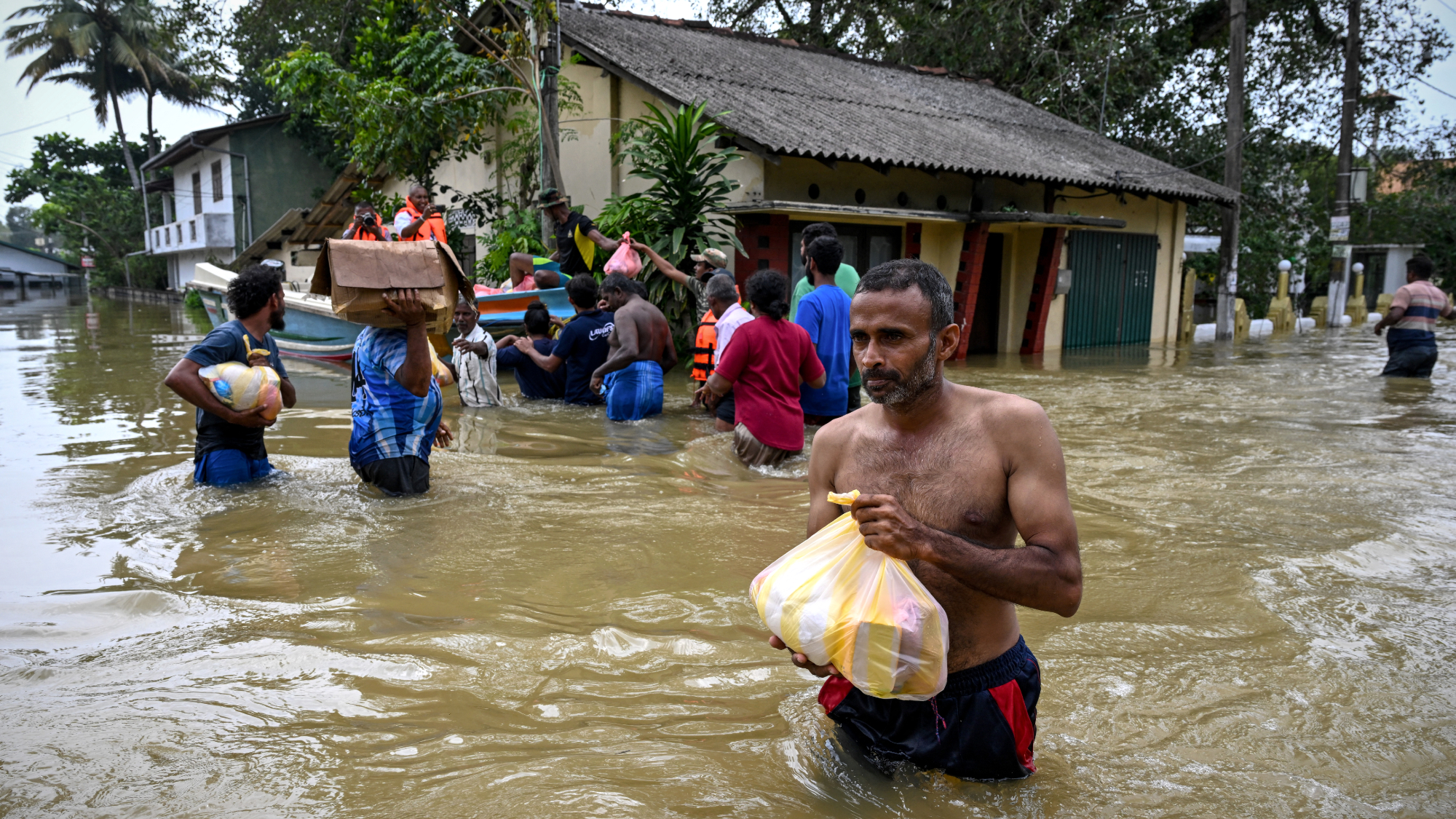 Death toll from Southeast Asia storms tops 1,000
Death toll from Southeast Asia storms tops 1,000speed read Catastrophic floods and landslides have struck Sri Lanka, Indonesia, Thailand and Malaysia
-
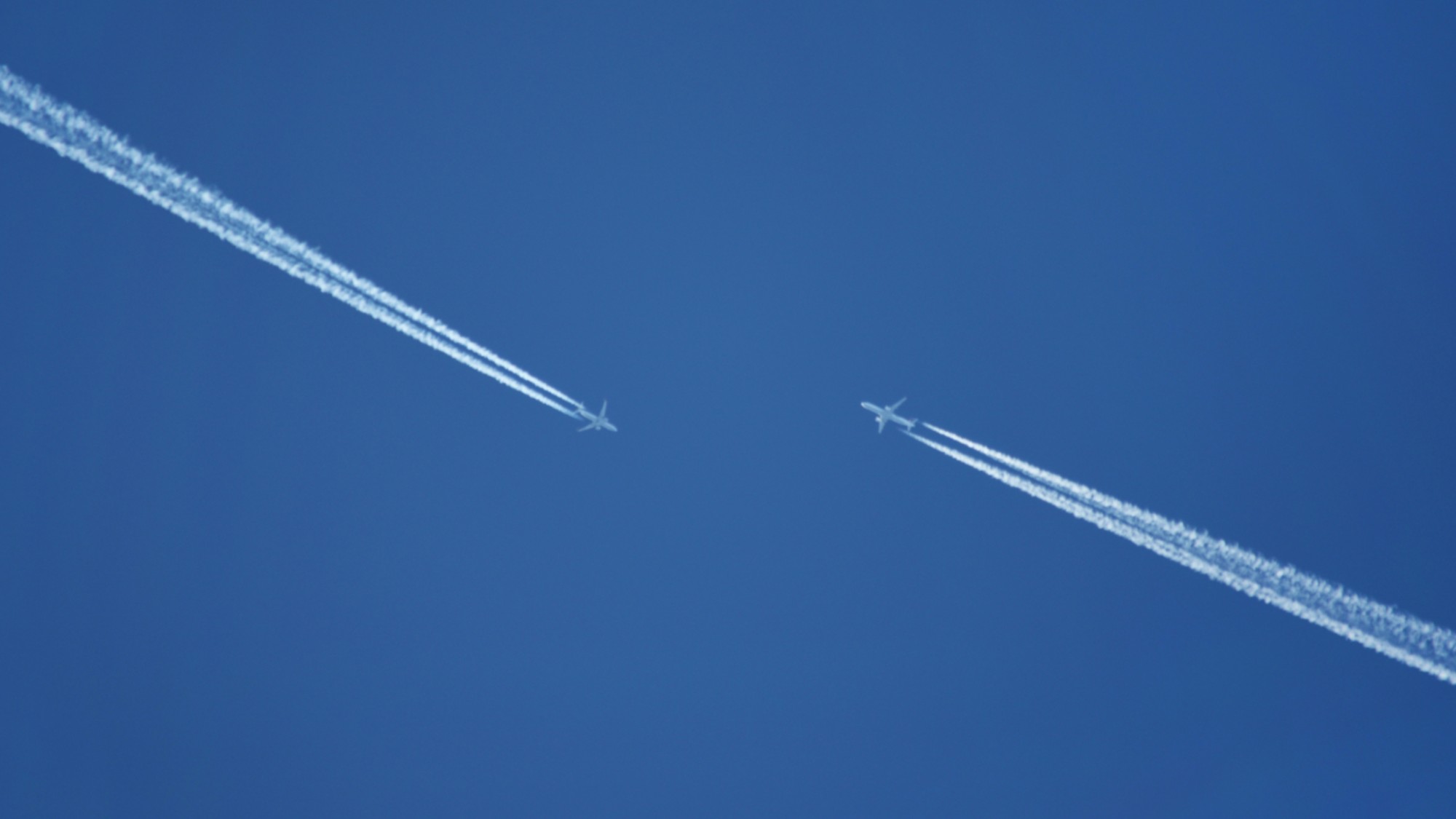 Can for-profit geoengineering put a pause on climate change?
Can for-profit geoengineering put a pause on climate change?In the Spotlight Stardust Solutions wants to dim the sun. Scientists are worried.
-
 How will climate change affect the UK?
How will climate change affect the UK?The Explainer Met Office projections show the UK getting substantially warmer and wetter – with more extreme weather events
-
 Can the UK do more on climate change?
Can the UK do more on climate change?Today's Big Question Labour has shown leadership in the face of fraying international consensus, but must show the public their green mission is ‘a net benefit, not a net cost’
-
 Did Cop30 fulfil its promise to Indigenous Brazilians?
Did Cop30 fulfil its promise to Indigenous Brazilians?Today’s Big Question Brazilian president approves 10 new protected territories, following ‘unprecedented’ Indigenous presence at conference, both as delegates and protesters
-
 Can the world adapt to climate change?
Can the world adapt to climate change?Today's Big Question As the world gets hotter, COP30 leaders consider resilience efforts
-
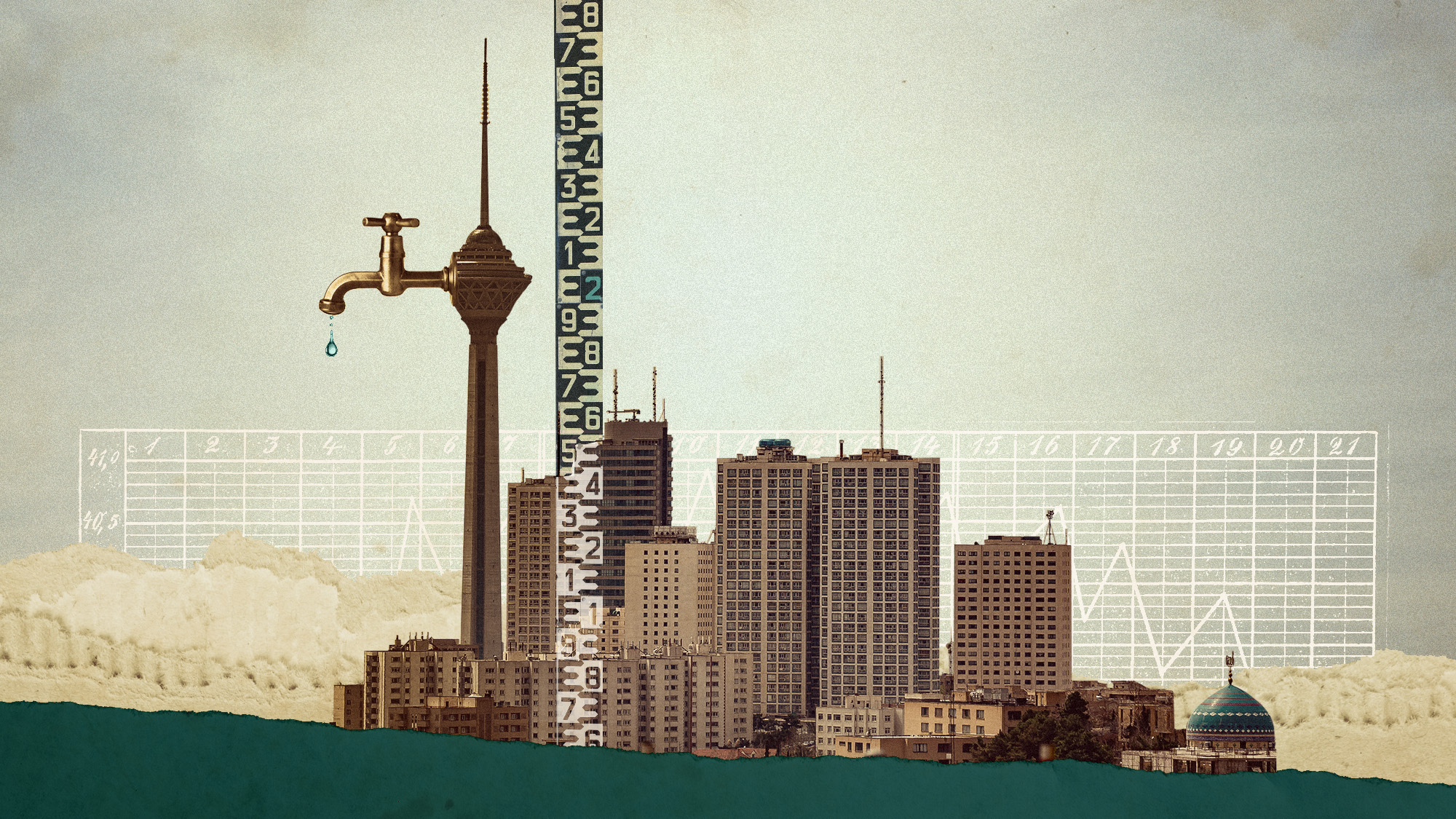 Taps could run dry in drought-stricken Tehran
Taps could run dry in drought-stricken TehranUnder the Radar President warns that unless rationing eases water crisis, citizens may have to evacuate the capital
-
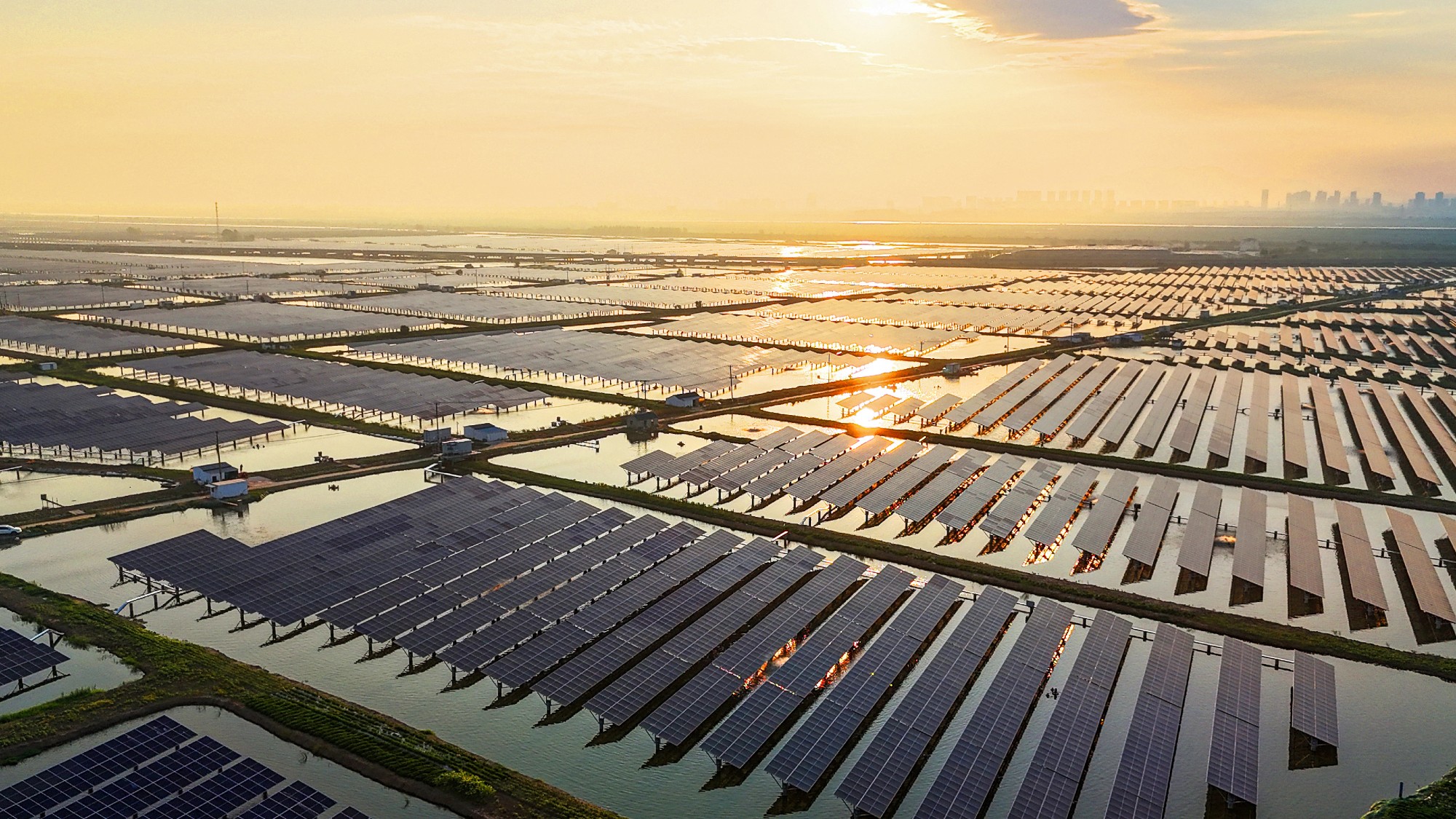 The future of the Paris Agreement
The future of the Paris AgreementThe Explainer UN secretary general warns it is ‘inevitable’ the world will overshoot 1.5C target, but there is still time to change course
